I’ve been a Windows user for as long as I can remember, but I recently started including other operating systems in my workflow. For instance, I got a MacBook last year and have used it quite a bit for work. But my personal machine has always run Windows, at least partially, since I also dual-boot Linux. I like to experiment with different software, partly because it’s fun and partly because it’s the nature of my job to try everything.
That said, I recently dethroned Windows as my primary OS and gave that spot to NixOS. I’ve been using the Linux distro on and off in a dual-boot setup for about a year or two, but recently I found myself spending more time on NixOS. So I figured, why not ditch Windows altogether? Now, after more than a month of using NixOS full-time, I can say the experience has been better than expected.
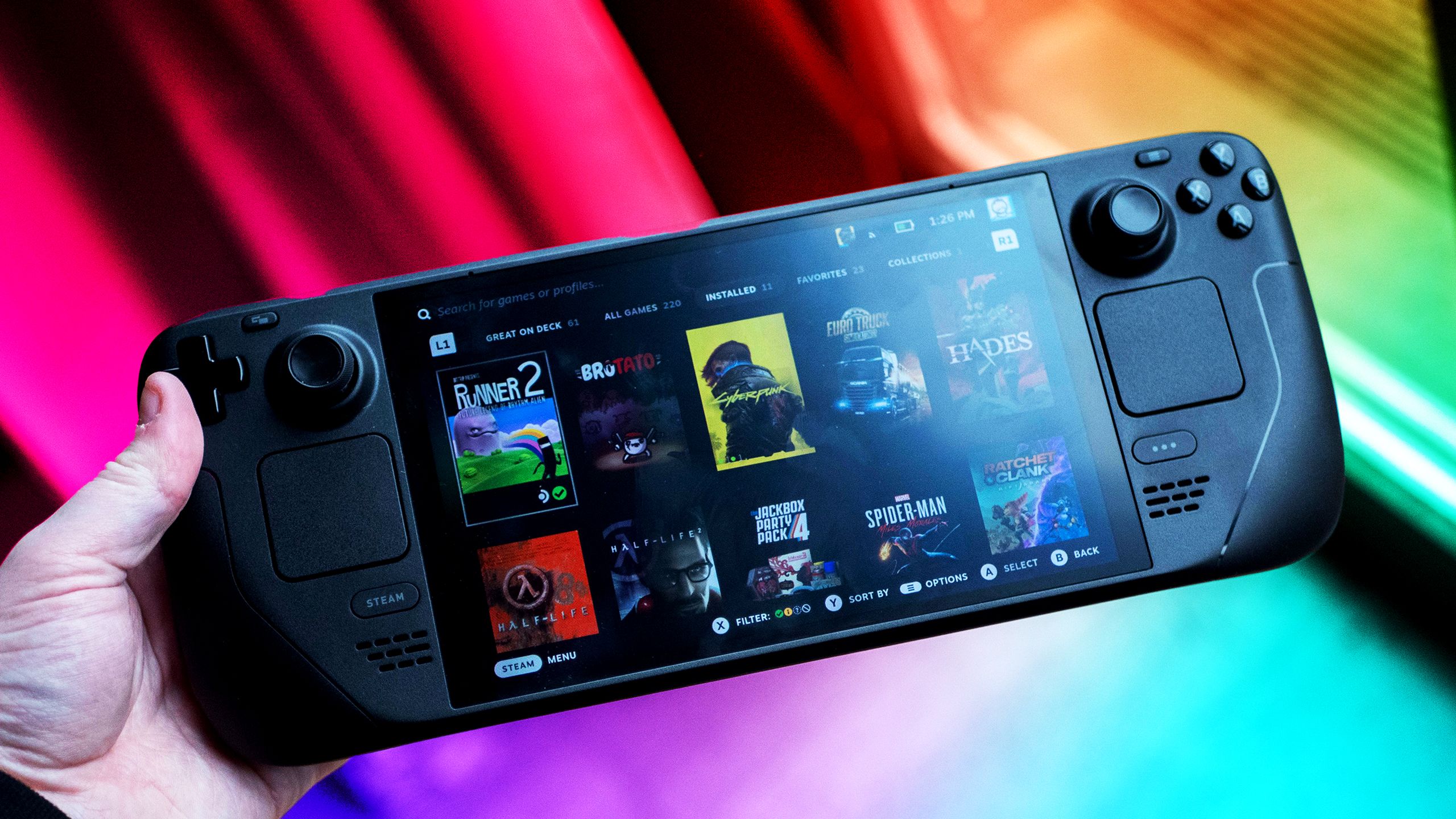
Related
These 7 Linux myths you still believe simply aren't true
Linux is a completely different beast than it was a decade ago.
Linux is now better than ever
It's also more mainstream than ever
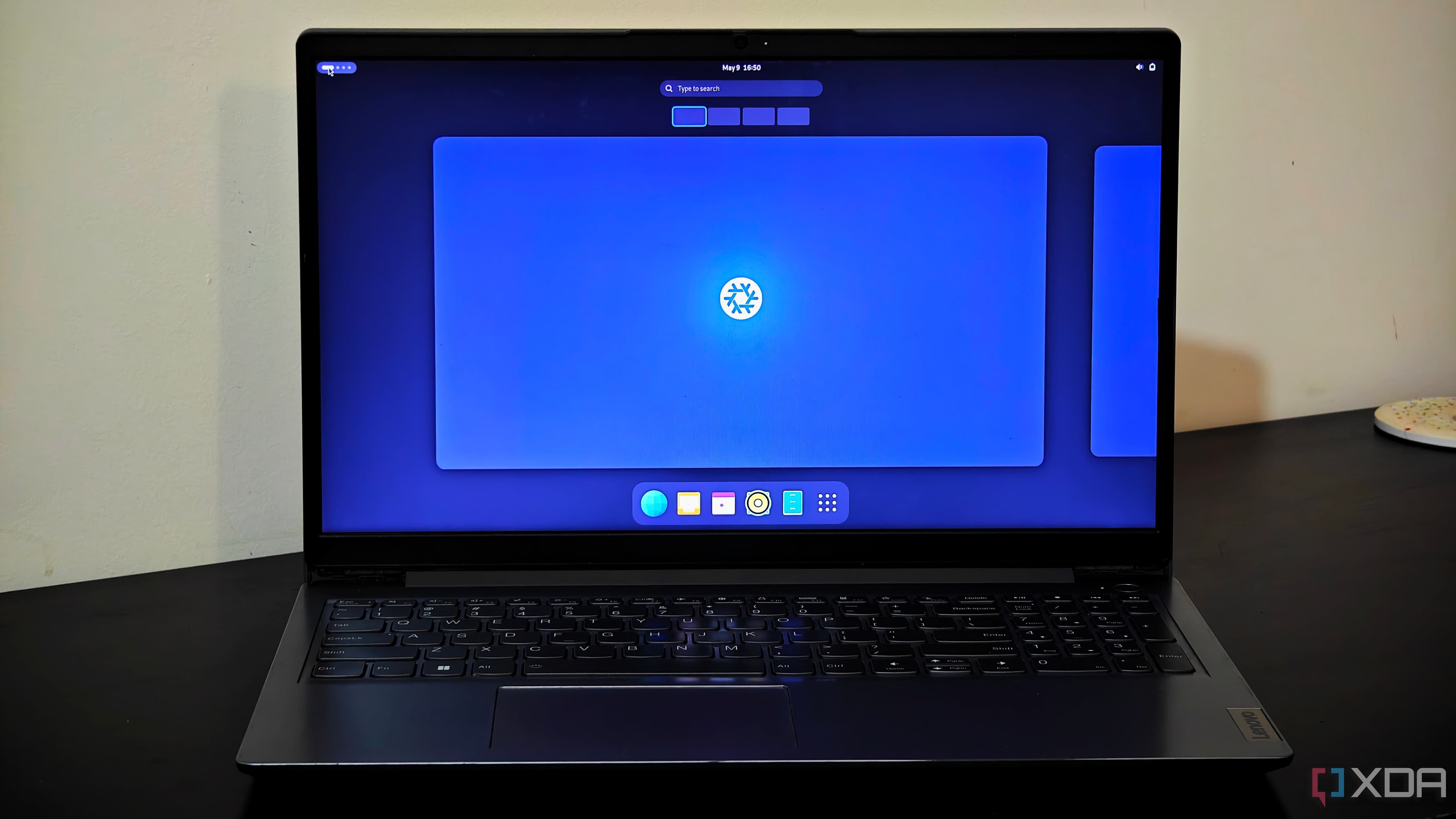
The year of the Linux desktop might finally be happening. While Windows remains king with 72.13% market share and macOS trails at 15.46%, Linux is making progress. On average, there have been 1.6 billion sessions in the past 30 days, with millions of users logging in daily. According to the US federal government's Digital Analytics Program (DAP), Linux users made up 5.4% of all visitors in 2025. That’s a pretty impressive number.
I think the biggest factor driving this growth is people finally realizing some Linux distros are easier to use than at first glance. Almost every non-tech-savvy person I’ve spoken to assumes Linux is complicated, but distros like Linux Mint and Ubuntu are beginner-friendly and approachable. NixOS isn’t exactly built for beginners, but it has a functional interface. It takes a bit of time to get used to it, but once you figure it out, you don’t want to go back to Windows’ cluttered UI.
Another reason I even considered giving NixOS a shot is that gaming on Linux is now viable. That used to be the main reason I stuck with Windows, but thanks to Steam, Linux has become a real gaming platform. Linux became a serious option for casual gamers when Valve started working on the Proton compatibility layer. Over the last couple of years, they’ve pulled out all the stops to make Proton a practical solution for running Windows games. And in a strange twist of fate, you can now play most of the best-selling titles on Linux without a hitch.
NixOS has its charms
It brings a refreshing take on OS design
I didn’t move to NixOS without giving it some serious thought. What first caught my attention was how different it is from most other Linux distributions. It lets you manage the entire system through a single configuration file, which I found quite interesting. But what really stood out was the level of control it offers. With atomic changes and reliable rollbacks, there is less fear of breaking the system. If something goes wrong, it is easy to revert and keep working, and you’re never forced to update (unlike Windows).
Another big reason I decided to try NixOS was to avoid the usual dependency problems. On other distributions, I have run into issues where applications broke because of conflicting libraries. NixOS handles this better by isolating each package in its own environment.
What impressed me the most is how clean and predictable the system feels. It only loads the applications I have configured, and it never installs updates without my approval. When I log into KDE Plasma, everything I need, such as Firefox, LibreOffice, and Steam, is ready to go and works just like it would on any other distribution.
Most of the apps are supported
And updating them isn't painful
Over the years, Linux has made huge strides in productivity and creative software. Many of the free and open-source tools available today are not only solid alternatives to their paid counterparts on Windows. That said, major apps like Photoshop, Illustrator, Premiere Pro, and After Effects are not supported. I don’t use these apps a lot, and when I need any of these, I can use open-source alternatives like GIMP or Inkscape.
Another thing I appreciate about NixOS is how it handles application updates. As I mentioned earlier, they’re not tied to system updates. You can update a single app in your user environment without touching the rest of the system. Tools like nix-env make it simple to manage packages at the user level, while system-level updates can be pinned to specific versions using snapshots of the Nix packages repository.
System and user environments are kept separate. You can update a single application in your user profile using tools like nix-env, without affecting the rest of the system. You can also pin your entire system configuration to a specific commit, for example, from a GitHub snapshot of nixpkgs.
Windows is easily replaceable
Windows is no longer Microsoft’s primary focus. The company now generates most of its profits from Azure cloud services and Software-as-a-Service (SaaS) offerings, particularly Microsoft 365. As Windows continues to fall behind, Linux is becoming a more compelling choice.
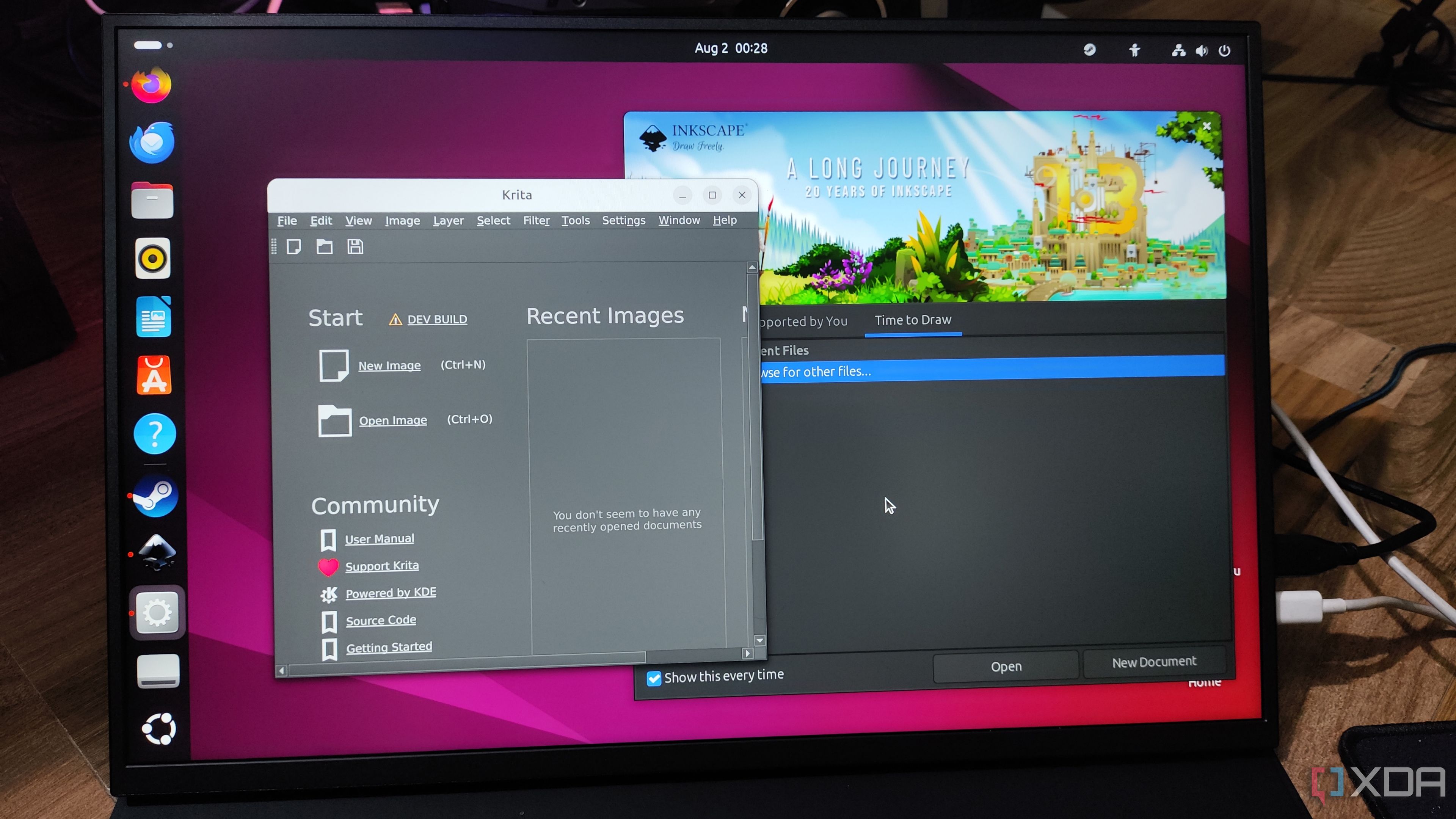
Related
5 reasons I can’t go back to Windows after trying Linux
As weird as it may sound, Linux has more game-changing QoL features than Windows
.png)
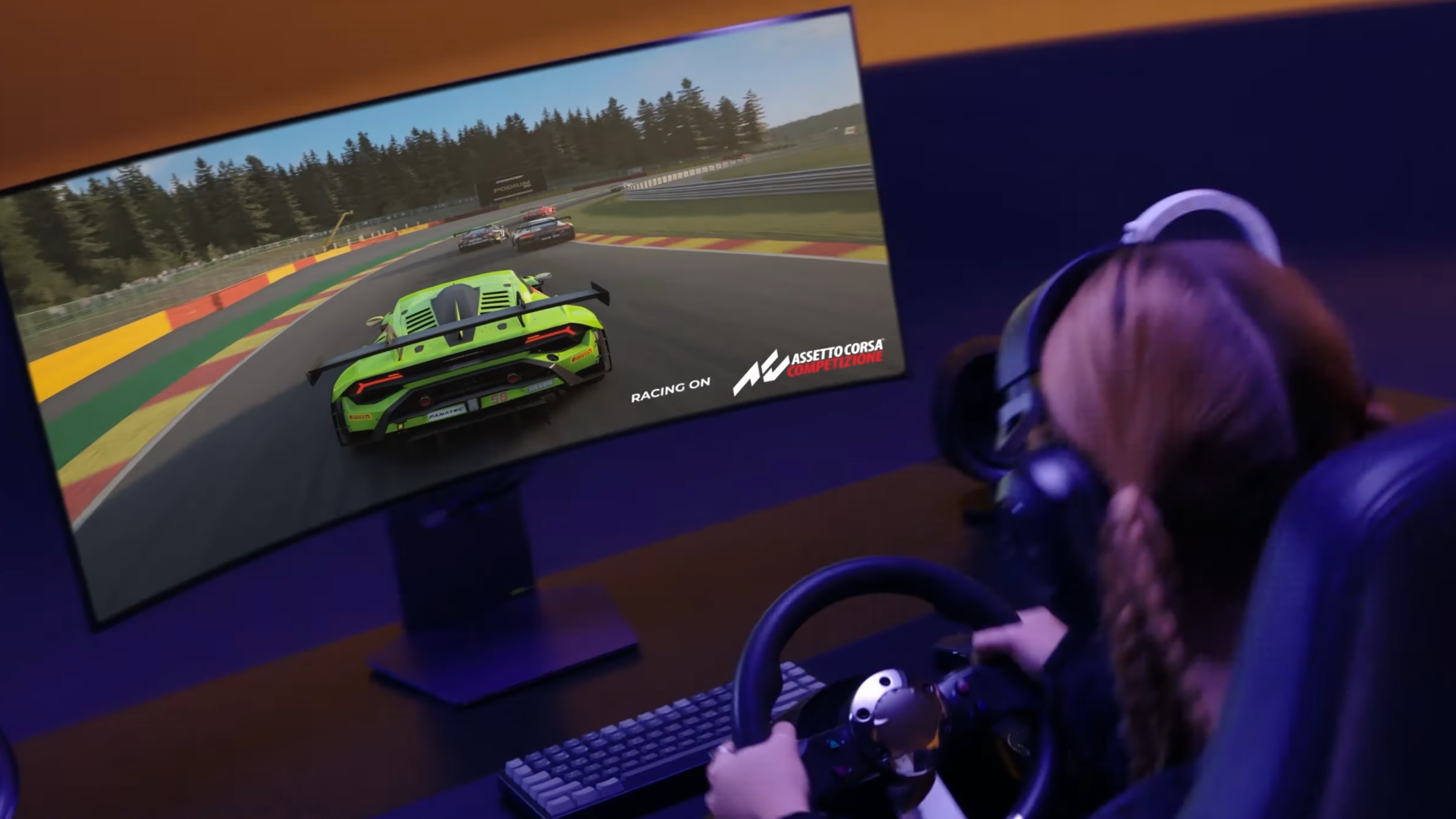
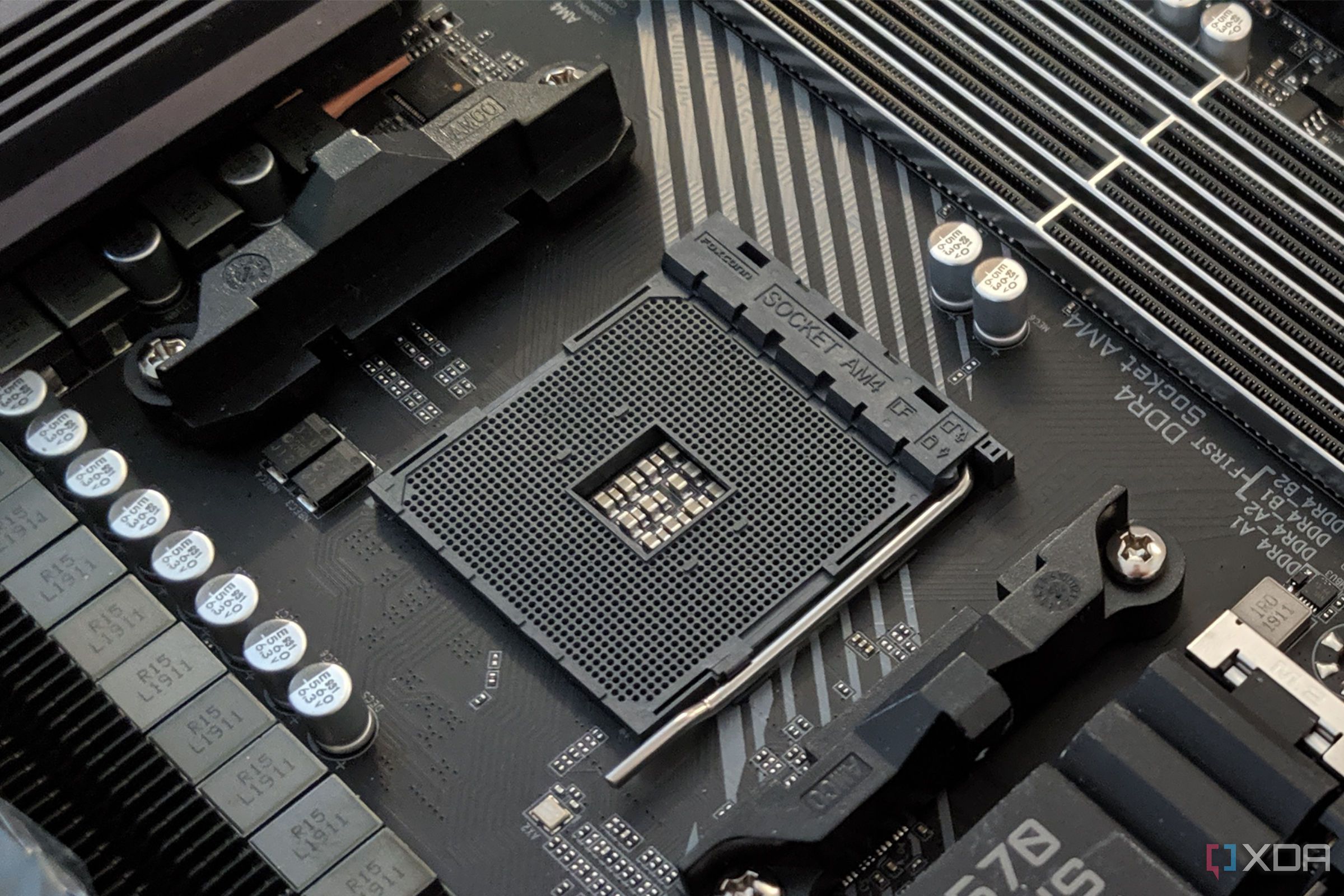








 English (US) ·
English (US) ·